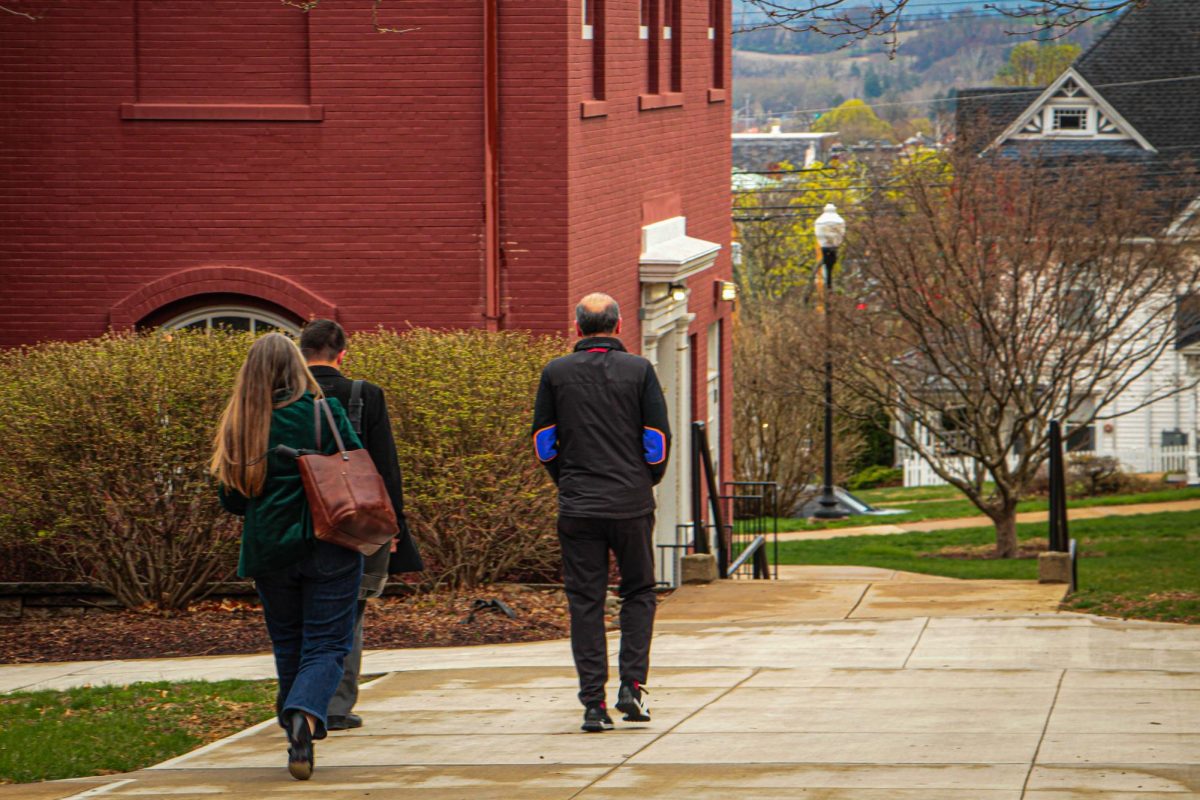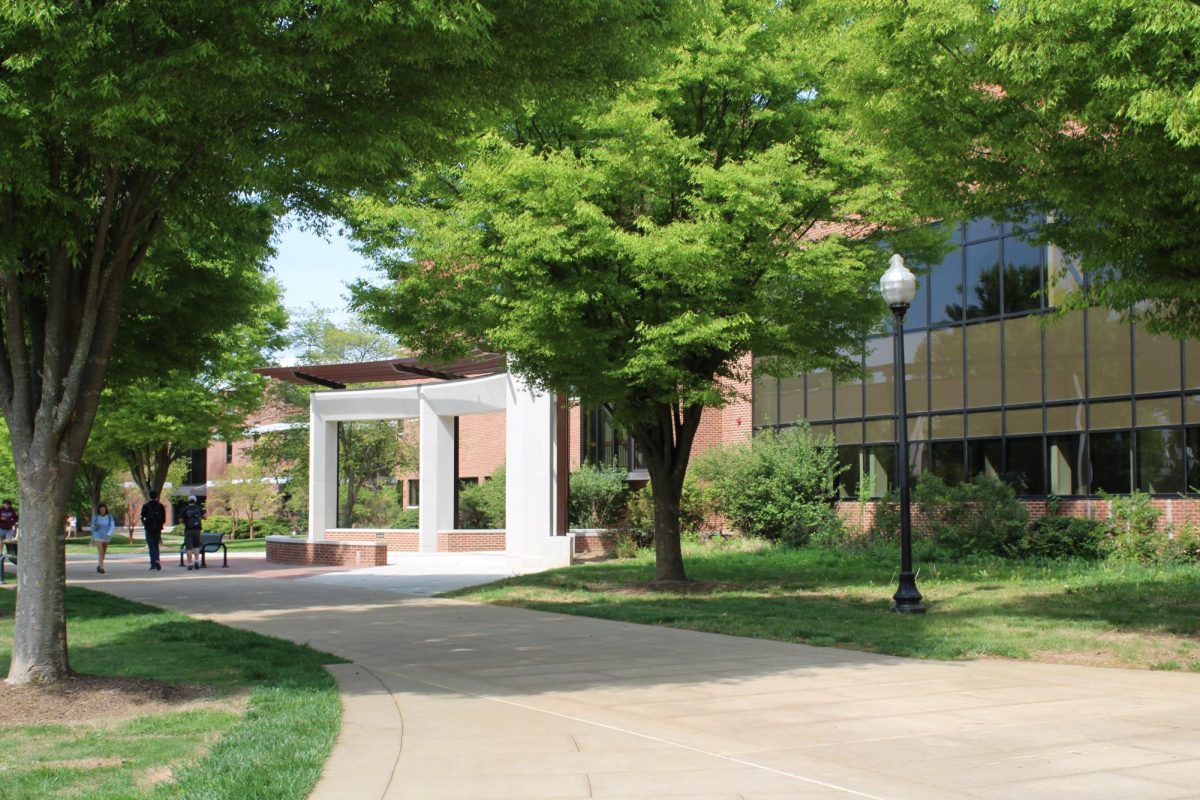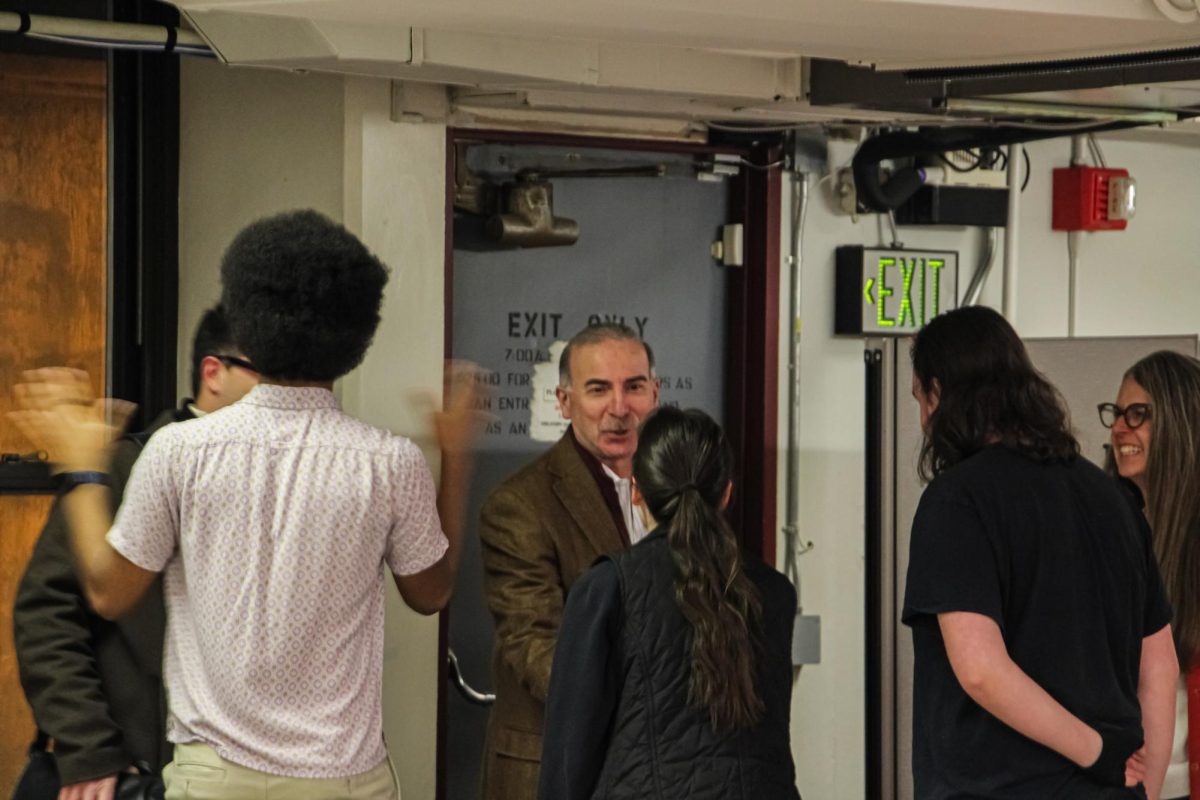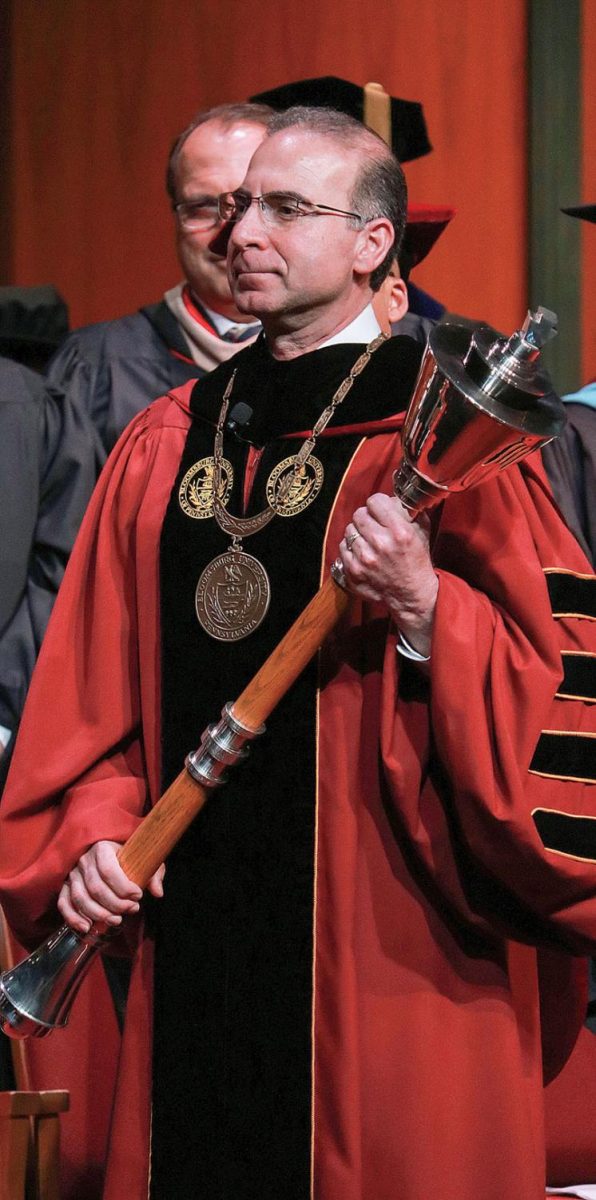It seems that lately, the news has been rife with scandals, threats of nuclear war and a number of tragedies. The rapid-fire news stories paint a world that is slowly descending into chaos. But, it’s not all bad. In fact, plenty of new and interesting news is being announced regularly in many disciplines: sports, politics, entertainment. The subject that seems to get the least amount of attention in the news, despite having perhaps the biggest impact on our daily lives, is science and technology. Unless there is a new smartphone being released, most forms of news and media tend to overlook how they’re rapidly turning science fiction into science fact. So, here are five incredible science news stories that will make your weak just a little bit brighter.
1) Orionid Meteor Shower:
Although this meteor shower has been visible since Oct. 15 and will still be visible until the 29th, peak viewing will be from the 20th-22nd. The shower is a result of the Earth passing through the remnants of Halley’s Comet and is one of the brightest and fastest moving showers visible to us. The coming weekend will be promising for viewing, however, it will mostly be for night owls, as peak viewing is most likely to occur around 2 a.m. You can also brush up on your knowledge of constellations while awaiting this skyshow—the meteor shower is named after the constellation Orion, where the shower often appears to radiate from.
2) Wind on the water:
In Peterhead, Scotland, a revolution in the future of energy has just taken off. The world’s first floating wind farm has powered up and will begin churning out power. While other countries have been experimenting with the idea of floating wind farms, Scotland is the first one to put the farm into practice, and it is estimated that the farm can generate enough power for 20,000 homes. It is small-scale, but it is a great start in the move towards renewable energy. Only time will tell what impact this system might have on aquatic environments and whether it is more efficient than current forms of energy.
3) NASA Legos:
Four key women from NASA’s history are set to be made into a Lego set which will launch on Nov. 1. The women—Sally Ride, Mae Jamison, Margaret Hamilton, and Nancy Grace Roman—have all contributed significantly to the world of space study and will join the numerous prominent male figures who have been gracing the toy giant’s line up for years. As astronauts, programmers and astronomers, these four women revolutionized their areas of expertise and helped to launch Americans beyond the stars.
4) Cities of tomorrow:
The parent company of Google, Alphabet, is planning to turn a 12-acre area of land in Toronto, Canada into a digital city. The plan is expected to feature such amenities as fast wi-fi, sources of sustainable energy and could very well be a true-to-life test of the autonomous cars that companies have been prototyping in the past year. The plan is part of a wider response by tech companies who are working to solve the urban issues of overcrowding and pollution. The area set for development is the waterfront area known as Quayside, and the proposed project has received support from several companies and prominent individuals, most notably Prime Minister Justin Trudeau. If this project proves successful, it could fundamentally alter future urban planning practices and launch humanity into a new era of technological development.
















